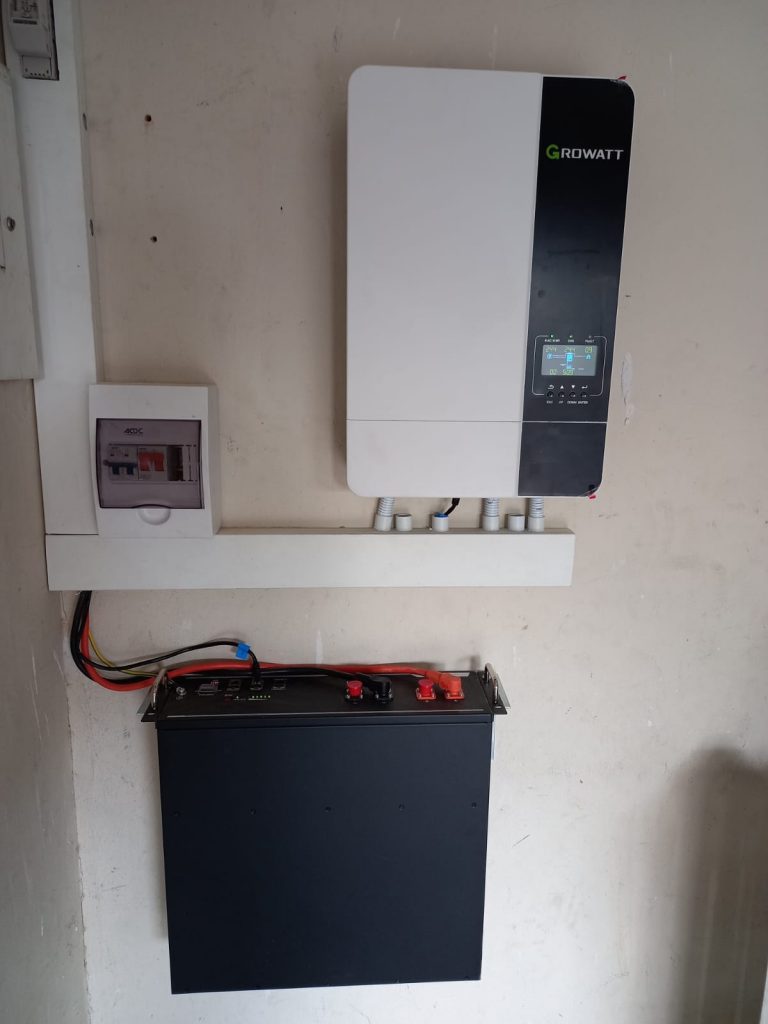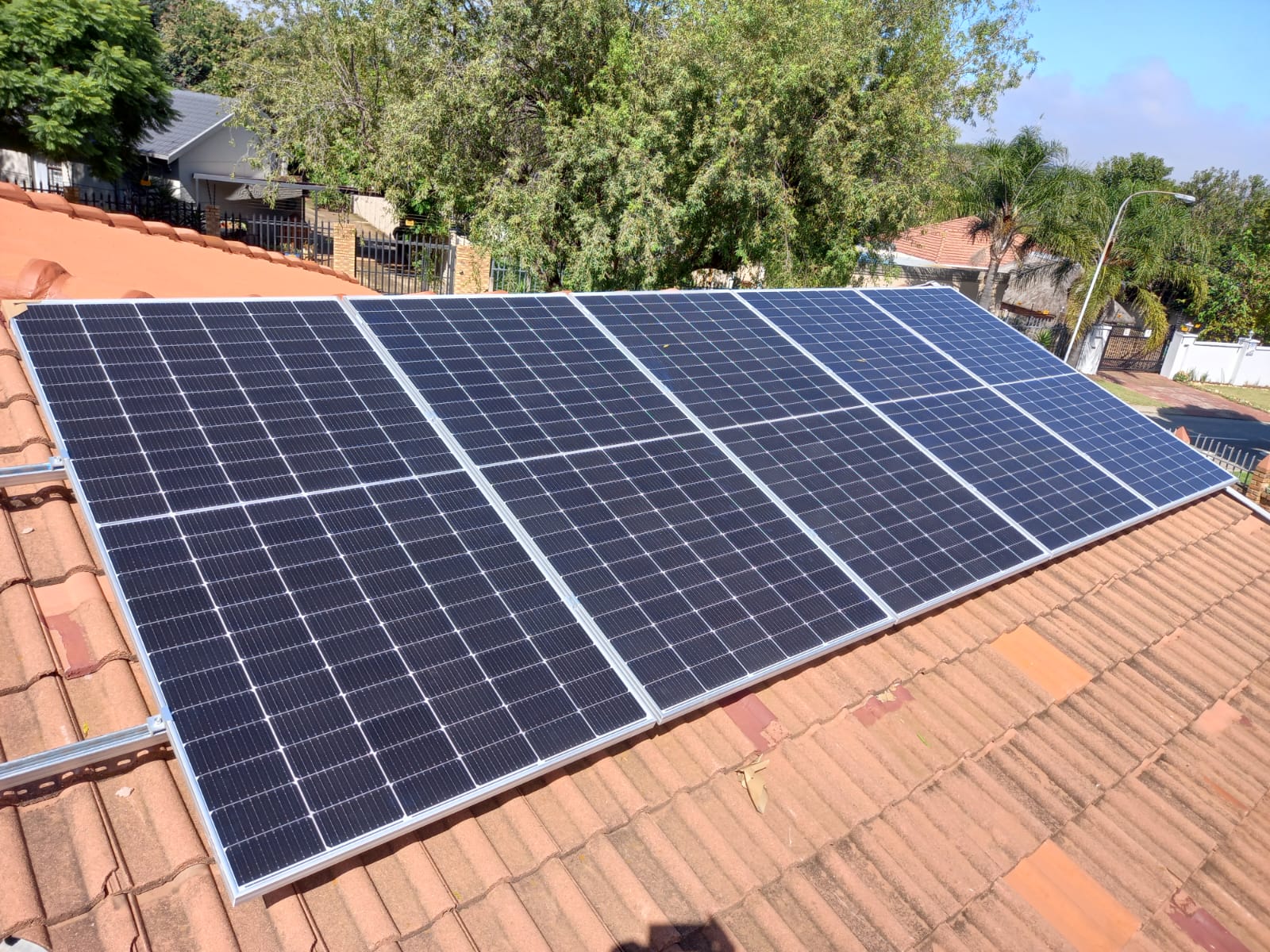What Solar Panel Installation size do I require?

Solar Panel Installation come in a wide range of sizes. However, it would be advisable to get 450W and higher panels because solar panel manufacturers are now making larger panels.
Solar energy is captured by roof-mounted solar panels, which then transform it into DC electricity and deliver it to an inverter. The batteries are charged by the inverter using the DC energy from the solar panels.
I need how many solar panels.
The typical family utilizes six to fourteen 455W solar panels, and larger residences can use up to twenty-three panels. But, it depends on the amount of room you have, how much electricity you use, and the inverter’s specifications.
How can I determine the size of a solar system?
Calculate your average monthly use in kW, divide it by 30 (the number of days in a month), and then multiply the result by 5.5. (average peak sun hours per day in South Africa). It will provide
Example:
Average daily use is 30kWh divided by 900kWh per month.
Round up to 12 since 30kWh / 5.5 average maximum production hours = 5454.54kWh array size required and 5454.54kWh / 455W solar panel rating.
How durable are solar panels?
Solar panels have a 20-year lifespan and occasionally even a 30-year lifespan. As long as your system is in good shape, your solar-powered equipment should continue to operate without any problems for a very long time.
How many solar panels are in a 5 kilowatt system?
The inverter’s specifications determine exactly how many panels you’ll need for a 5kW installation. You must first determine the maximum PV array input before checking the inverter’s voltage ranges. You shouldn’t go beyond any of those 2 limits.
In South Africa, which way should solar panels be oriented?
To generate solar energy, your solar panels need to be in the sun continuously.
In South Africa, which way should Solar Panel Installation be oriented?
To generate solar electricity, your solar panels need to be in the sun all day. Hence, in South Africa, a north-facing room is optimal. Installing two arrays—one on your east-facing roof and one on your west-facing roof—will still allow you to generate solar electricity even if your roof is not north-facing. In this approach, your west-facing roof will generate solar electricity in the afternoon and your east-facing array will do so in the morning. You will need a high voltage inverter with two MPPTs or one MPPT with a combiner box to do this.

